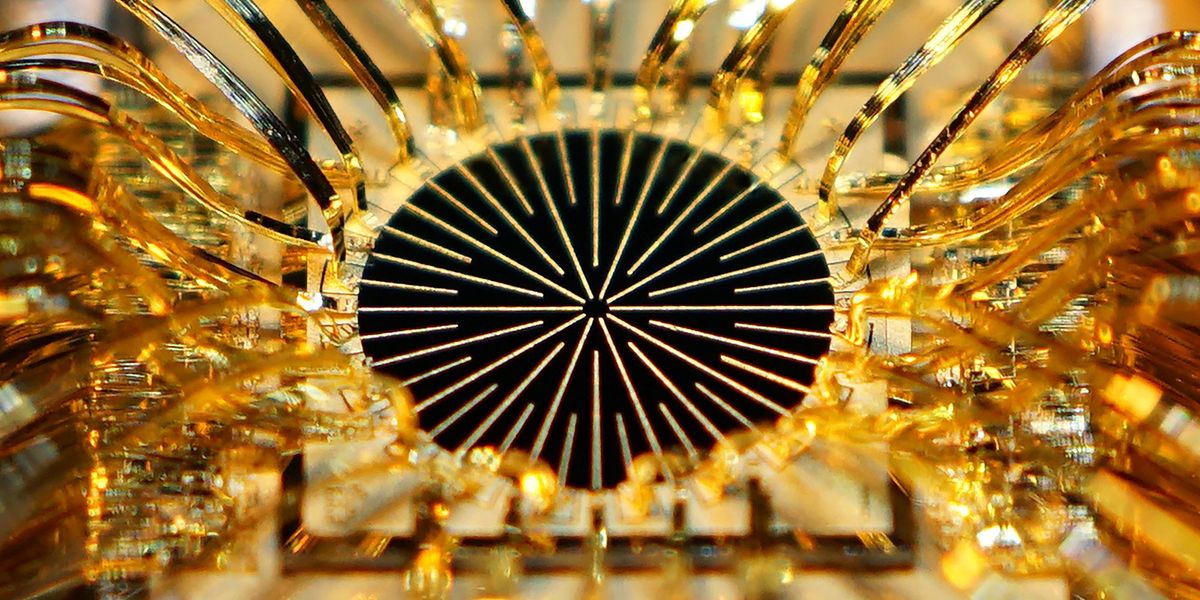This is a really neat technology that Noda (the author of the article) has been plugging away at for decades. The main problem, from my understanding, is that people haven’t been able to find applications.
We already have conventional laser diodes that work extremely well, they’re not that bright but bright enough to make laser pointers, disc read/write heads, etc., which are applications where miniaturization is important.
On the other hand, in industrial applications like cutting steel, we have fiber lasers. Those are about the size of a briefcase, compared to the photonic crystal lasers in this article which about a centimeter. But they can reach incredible brightness, about 1000x the output power of the photonic crystal lasers (and about 1,000,000 times that of ordinary laser diodes). And in industrial applications you don’t really need the laser to be miniaturized (especially since the power source itself will be a chonky piece of equipment).
So somehow, right now this neat tech is falling into the cracks. One day, I’m sure someone will find the perfect application for it, though.
Edit: the potential application that people are most hopeful about is lidar; if, in the future, lidar gets integrated into consumer electronic devices like cellphones, then photonic crystal lasers will probably prove their usefulness.
If these lasers can be made to emit blue light, they could be used as a light source for portable projectors.
Phones already include LiDAR. Apple has included it in every iPhone Pro/Pro Max since the 12.
I think those use normal VCSELs. To justify using PCSELs, maybe it would be lidars for long range sensing, like range finding over dozens of meters or something.
hopefully nobody puts these in face hunting drones
What would you want lidar in cell phones for?
What would you want lidar in cell phones for?
iPhone uses LiDAR for range-finding on its rear cameras, and for 3D facial imaging on its front-facing “FaceID” camera.
But then you don’t want face-melting lasers.
But then you don’t want face-melting lasers.
Now hold on…I can see that being useful too. Two consecutive failed face IDs? BAM!!!* face melting laser on the (probably) unauthorized person trying to access your phone.
That was incredibly interesting to read. I don’t know anything about lasers but am now heading down the rabbit hole.
Beams?
Beans mate.
Steel beans.
whoa.gif
Bees?
Nice username.
Light can’t melt steel beams, otherwise all the buildings would collapse. /s
Nah, they’re usually protected in concrete which, as we know, has anti-laser nanoresonance properties.
A+++ read
Some joke about jet fuel and the WTC and these laser beams i’m not quick enough/too tired to work out.




